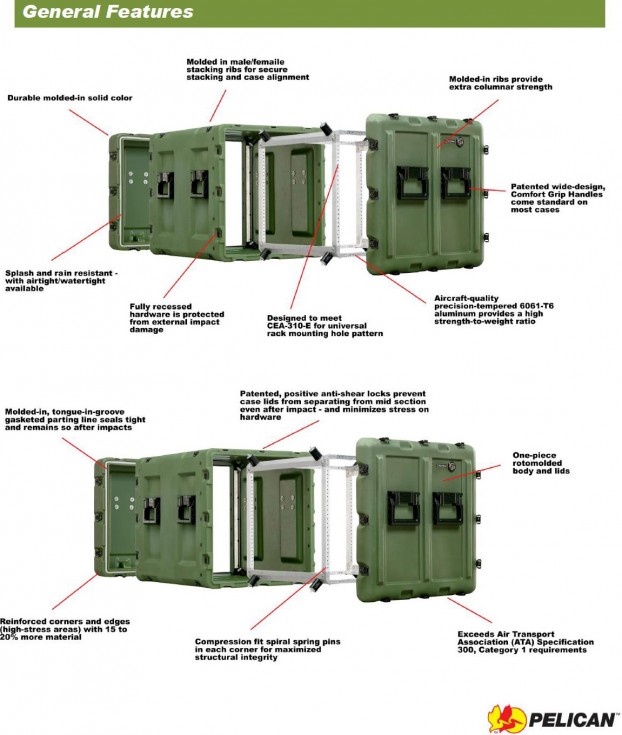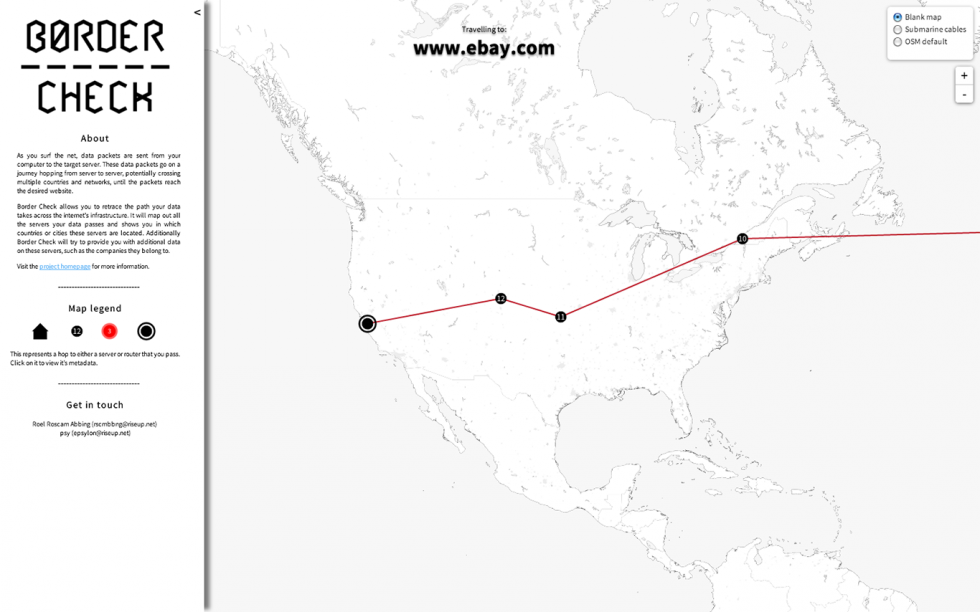On the way to the development of different artifacts for the design research (Inhabiting & Interfacing the Cloud(s)), we’ll need to work with our own “personal cloud”. The first obvious reason is that we’ll need a common personal platform to exchange research documents, thoughts and work together between the different (geographically distributed) partners involved in the project. We are thus our own first case study. The second one is to exemplify the key components about how a small data center / cloud infrastructure might be assembled today and learn from it.
But then, more importantly, this will become necessary for two other main objectives: first one is that we would like to give access to “cloud” tools to the design, architecture and makers communities, so that they can start play and transform a dedicated infrastructure (and this won’t of course be possible with all type of systems); second one will possibly be for the “hands on” and “prototyping” parts of our research, for which we’ll need an accessible cloud based architecture to modify or customize (this includes both the software and hardware), around which some open developments, networked objects, new interfaces, apps, etc. could be developed.


